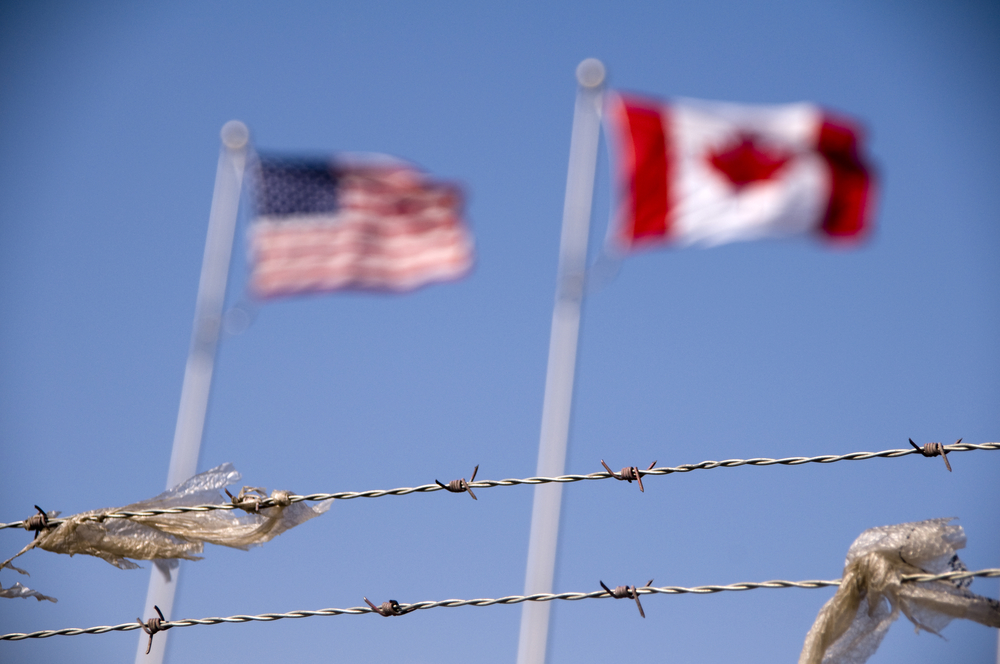
A report that details the current threat landscape along the U.S.-Canada border and provides an assessment on threats across the air, land, and maritime domains was recently delivered to Congress by the U.S. Department of Homeland Security (DHS).
The report’s publication was mandated as part of the Northern Border Security Review Act, which was introduced and signed into law during the 114th Congress in 2016. It offers preliminary information regarding the department’s capabilities and gaps for its mission in securing the northern U.S. border.
Drug trafficking is the biggest issue facing agents according to the report and the expansive and differing terrain of the border provided a number of opportunities for individuals to enter the country undetected.
Additionally, the U.S.-Canadian partnership remained strong and crucial for interdicting drugs, international criminals, and potential terrorists and that pre-clearance programs for expedited travel between the United States and Canada was imperative.
“I’ve seen first-hand the unique issues our nation faces countering drug trafficking and potential terrorist acts on each of our borders,” U.S. Rep. John Katko (R-NY), who introduced the DHS border assessment bill, said. “…Stopping the influx of drugs coming into our country through the Northern border is of particular concern, given the heroin and opioid epidemic plaguing Central New York.”
According to DHS, it intends to build on the preliminary assessment offered in the report by updating its northern border strategy and writing a corresponding implementation plan. The updated strategy will include measures that will allow the department to evaluate progress and address coverage gaps in the area.
Once the evaluation period is completed, the documents will enable DHS to begin a formal capability assessment that will help guide the department’s approach to making investments to better secure the border.




